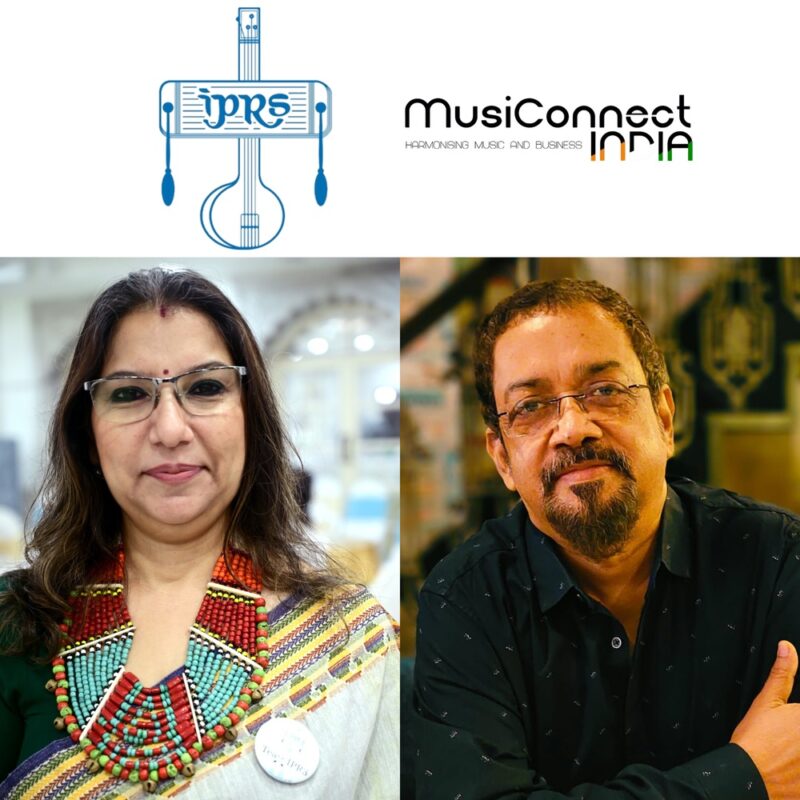Prime Feature
Soundscapes India: Bridging Borders, Building Futures
As Soundscapes India gears up for its second edition, we caught up with two of its driving forces — Kaushik Dutta, Founder Director MusiConnect India, Founder Soundscapes of India, Founder President MusiConnect Asia, and Rumpa Banerjee, Head – Marketing/Communications & Member Relations at IPRS and co-partner for the initiative. Together, they discuss how Soundscapes has evolved into a national movement that connects Indian talent to the global stage.
Kaushik, you’ve been connecting the Asian music ecosystem for years. How did Music Connect and Soundscapes India begin?
Kaushik Dutta: Music Connect Asia started during COVID. The idea was simple — to connect all 50 Asian countries and build a networking system for the entire music industry. We began creating a database that helps artists, promoters, and festivals collaborate more efficiently.
As for Soundscapes India, I’d been trying to create a showcase festival in India since 2016. After several attempts in Kolkata and Hyderabad, I finally found support in Nagaland through TAFMA and Chief Minister Neiphiu Rio. In 2024, we launched the first Soundscapes India Showcase Festival — and it was a success. It took nearly a decade of persistence to make it happen.
Rumpa, this year the Government of India came on board as a partner. How did that collaboration develop?
Rumpa Banerjee: We’ve always aligned with the Government’s vision of taking Indian music global. Through roundtables with the Ministry of Culture and the Ministry of Information & Broadcasting, we discussed ways to empower artists from every part of the country.
At IPRS, we already work closely with creators in remote regions. When we presented the Soundscapes plan, the Ministry saw the synergy immediately. That’s how the partnership took shape — with the Government’s support, Soundscapes gained the credibility and scale of a national cultural initiative.
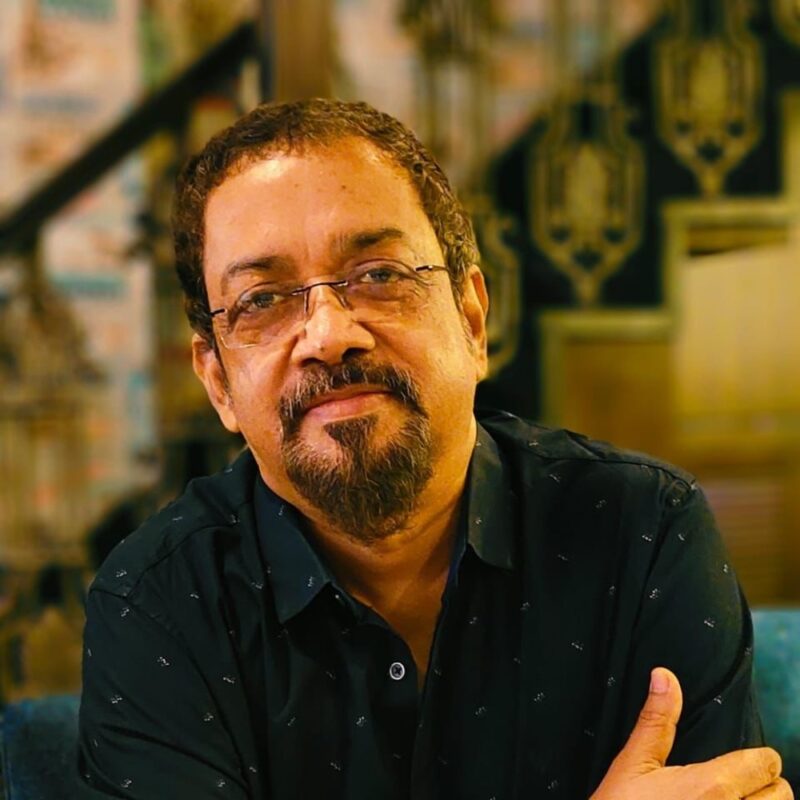
Kaushik, what makes Soundscapes unique in India’s music landscape?
Kaushik: India never had a showcase festival like WOMEX or MIDEM, where artists perform for curators and promoters apart from the general audiences. It’s about exposure, not competition. In our first edition, five of the sixteen showcased bands got booked internationally — one even won the Busking World Cup in South Korea and took home ₹30 lakhs. That’s transformative for small-town artists.
Rumpa, how does the Ministry of Culture’s involvement impact the event this year?
Rumpa: The 2025 edition will be hosted at IGNCA, under the Ministry of Culture. It’s symbolic — IGNCA represents India’s living heritage, making it the perfect venue for an event that bridges tradition and modernity. The Ministry’s backing also assures international delegates that Soundscapes is not a private project but a national movement.
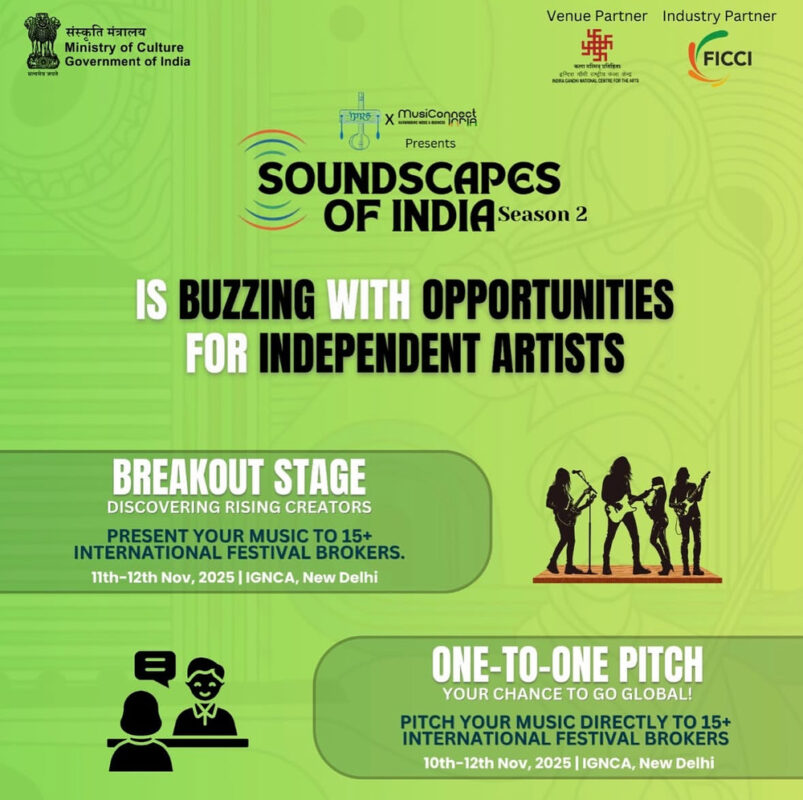
How are you scaling the showcase this year, Kaushik?
Kaushik: We’re expanding to 24 bands, including acts from South Korea and the Philippines. Artists will come from across India — Ladakh to Kerala, Delhi to Goa — covering a range of genres. We’re also inviting delegates from major Asian festivals like Java Jazz, Big Mountain (Thailand), and Fuji Rock (Japan).
Soundscapes is now a pan-Asian platform where Indian and international musicians can meet, collaborate, and grow together.
Rumpa, do you see Soundscapes expanding to other regions of India too?
Rumpa: Definitely. India’s diversity demands regional editions. We’re planning Soundscapes Northeast, Soundscapes South, Soundscapes East — each supported by local tourism and cultural bodies. Delhi will remain the flagship, but the spirit of Soundscapes should reach every corner of the country.
Kaushik, what are the biggest challenges in building this ecosystem?
Kaushik: Two things — mindset and visibility. Many artists still treat showcase festivals like regular paid gigs. They need to understand that this is an audition for the global stage.
We’re also improving storytelling — showing real success stories of artists who went abroad through Soundscapes. Once people see the impact, the perception will shift.
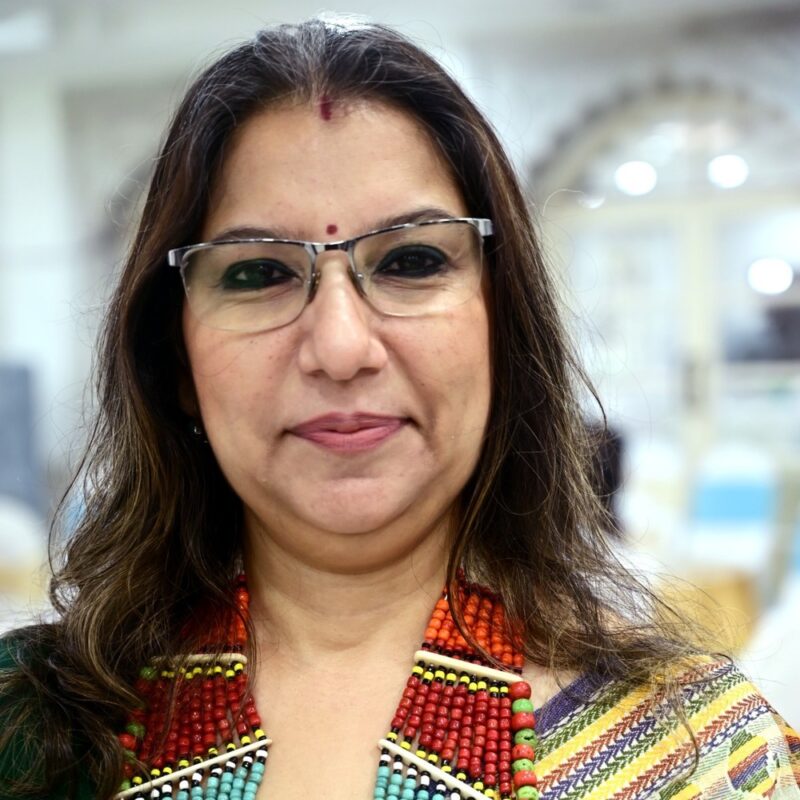
Rumpa, how do you think artists are adapting to the concept of showcase festivals?
Rumpa: It’s changing fast. After the first season, artists realized it’s more about opportunity than payment. By the third or fourth season, we believe the showcase concept will be deeply rooted. Government and media support will accelerate that understanding.
Kaushik, you’ve been in the industry for decades. What keeps you motivated?
Kaushik: I’ve seen how collaboration changes lives. When a small-town Indian band plays on a global stage, it’s not just their success — it’s India’s success.
I want Soundscapes to become India’s gateway to the world, where our musicians meet global leaders and showcase our country’s diverse sound.
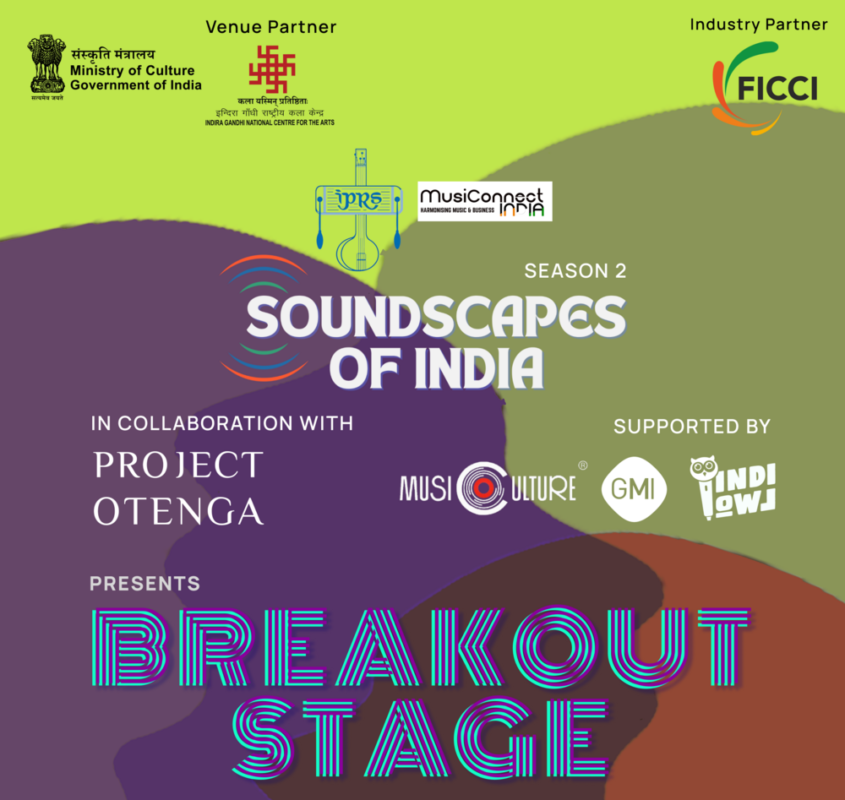
Rumpa, what’s your message to emerging artists?
Rumpa: Smell the coffee! (laughs) Don’t isolate yourself. Music is about collaboration — meet people, go out, explore, and build connections.
Don’t stay confined to your bedroom studio. Be part of a community, because that’s how real growth happens.
Finally, what’s next for Soundscapes India?
Kaushik: We’re building an online archive of all artists who’ve performed at Soundscapes, complete with profiles and videos for international curators. The long-term goal is to put India on the same map as WOMEX for Music.
Rumpa: Soundscapes isn’t just a festival — it’s a year-long process of discovering, mentoring, and empowering artists. We want to make India the next powerhouse of original music in Asia. We’re not just curating performances — we’re curating futures.

